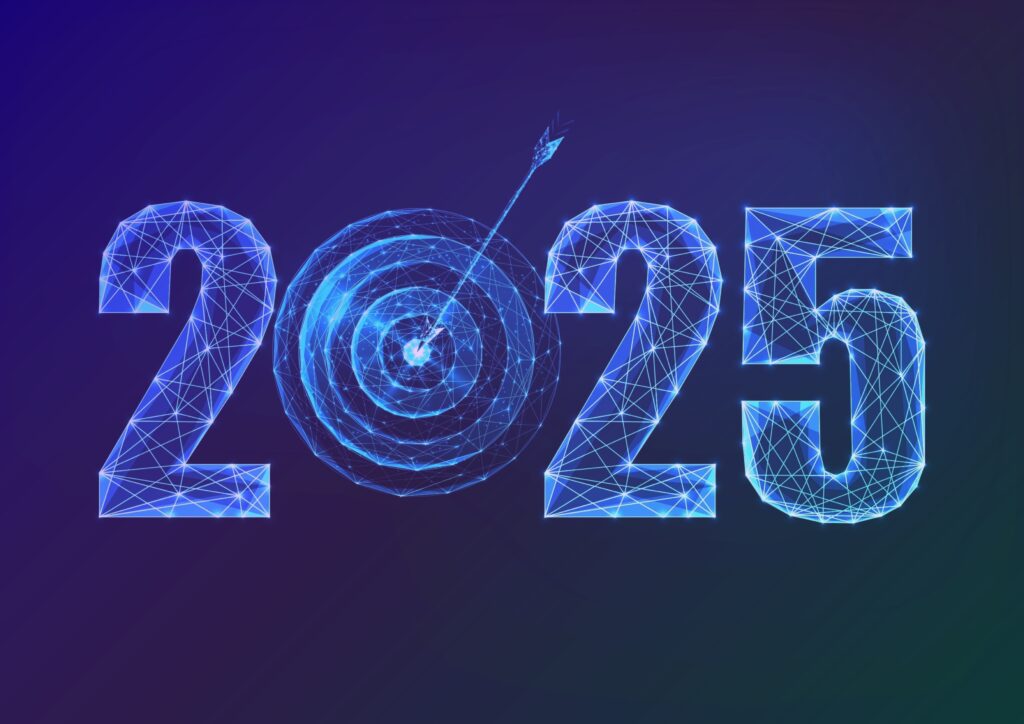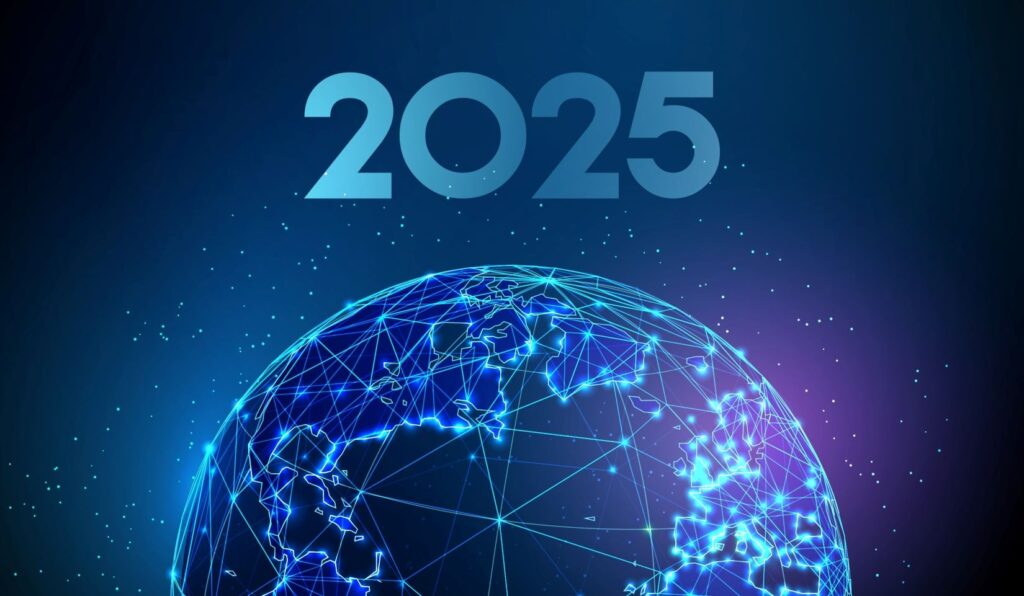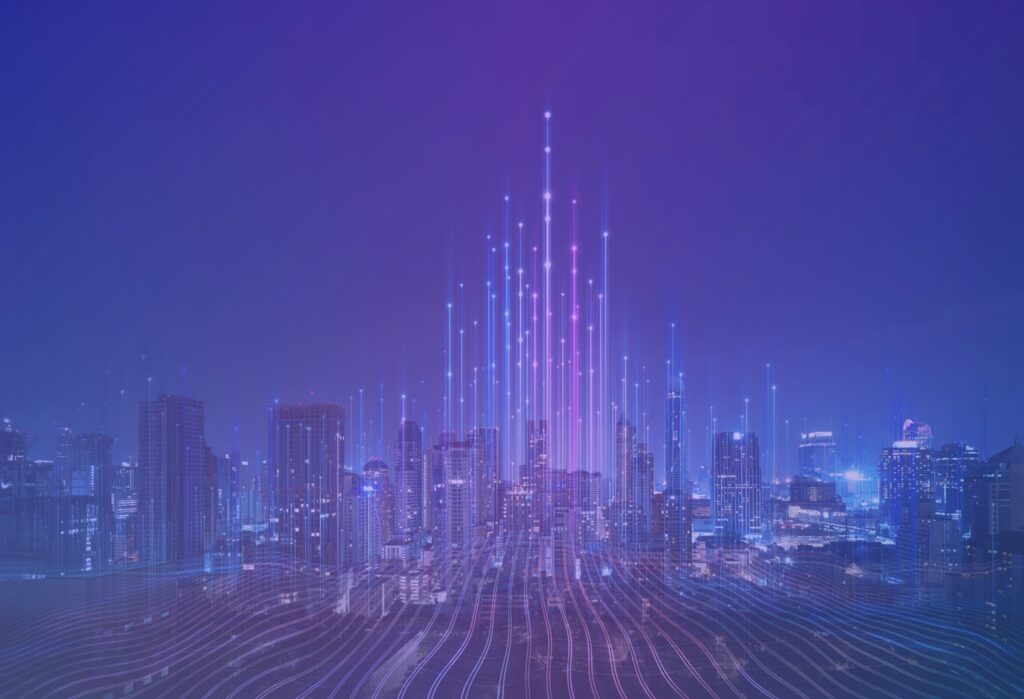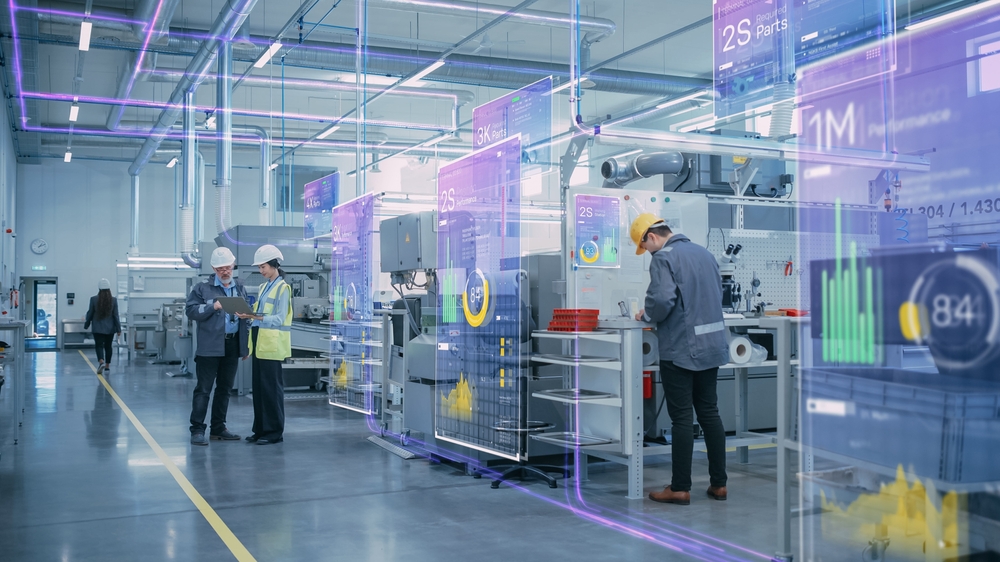Operational Technology (OT) refers to the hardware and software systems used to monitor and control physical devices, processes, and infrastructure in industrial environments. Unlike Information Technology (IT), which focuses on data processing and communication, OT is primarily concerned with managing and optimizing industrial operations in sectors such as manufacturing, energy, transportation, and utilities, but not only. OT and IT used to belong to completely different spheres, but the trend is now to OT and IT convergence…
What is Operational Technology (OT) and Its Role in Industrial Environments?
OT examples in Industry and Manufacturing:
- Industrial Control Systems (ICS): Control systems used in manufacturing plants to automate processes such as production lines, robotic assembly, and quality control.
- SCADA (Supervisory Control and Data Acquisition) Systems: Monitor and control industrial processes in real-time, enabling operators to remotely manage equipment and respond to operational changes.
OT examples in Logistics and Transportation:
- Fleet Management Systems: Monitor and manage vehicles, routes, and shipments to optimize logistics operations and improve delivery efficiency.
- Traffic Control Systems: Manage traffic flow and signal timing to reduce congestion and enhance road safety.
OT examples in Utilities and Telecommunication:
- Smart Grid Systems: Monitor and control electrical grids to optimize energy distribution, reduce outages, and integrate renewable energy sources.
- Telecommunication Networks: Manage telecommunications infrastructure, including switches, routers, and towers, to ensure reliable communication services.
OT examples in Retail, Bank & Insurance Networks:
- Point-of-Sale (POS) Systems: Track sales transactions, manage inventory, and process payments in retail stores and banking branches.
- Automated Teller Machines (ATMs): Provide banking services such as cash withdrawals, deposits, and account inquiries at various locations.
OT examples in Academic, Education & Research:
- Laboratory Equipment: Monitor and control scientific instruments and equipment used in research laboratories and educational institutions.
- Campus Security Systems: Manage security cameras, access control systems, and alarms to ensure the safety of students, faculty, and staff.
OT examples in Housing Management, Residential Care, Hotels:
- Building Automation Systems (BAS): Control heating, ventilation, air conditioning (HVAC), lighting, and security systems in residential and commercial buildings.
- Guest Room Management Systems: Manage guest preferences, room access, and amenities in hotels and hospitality establishments.
Operational technology (OT) plays a critical role in industrial environments across various sectors, enabling organizations to monitor, control, and optimize their operations for improved efficiency, safety, and reliability.
Extending Monitoring Traditional Scope to Include OT Systems
In today’s interconnected and digitized world, the convergence of operational technology (OT) and information technology (IT) has become increasingly prevalent across a wide range of industries. By extending monitoring capabilities beyond traditional IT infrastructure to include OT systems and equipment, organizations can gain comprehensive visibility and control over their industrial processes, ensuring smooth and uninterrupted operations.
While traditional IT infrastructure monitoring focuses on network devices, servers, and applications, extending monitoring capabilities to include OT systems and equipment is essential for several reasons, particularly in sectors such as:
Converge IT and OT monitoring in Industry and Manufacturing:
- Optimizing Production Efficiency: include OT in the monitoring scope allows for real-time visibility into production processes, enabling organizations to identify inefficiencies, minimize downtime, and maximize output.
- Ensuring Product Quality: continuous monitoring of industrial equipment ensures that manufacturing processes remain within specified parameters, leading to consistent product quality and compliance with regulatory standards.
Converge IT and OT monitoring in Utilities and Telecommunication:
- Ensuring Network Reliability: Monitoring OT systems is crucial for ensuring continuous service availability and reliability. By proactively detecting and addressing issues, organizations can minimize service disruptions and maintain customer satisfaction.
- Enhancing Security: OT monitoring helps identify potential security threats and vulnerabilities in critical infrastructure, enabling organizations to implement proactive measures to protect against cyberattacks and unauthorized access.
Converge IT and OT monitoring in Retail, Bank & Insurance Networks:
- Ensuring Transaction Integrity: Monitoring OT such as point-of-sale (POS) terminals and automated teller machines (ATMs) helps ensure the integrity and security of financial transactions. By detecting anomalies and unauthorized access, organizations can prevent fraud and protect sensitive customer data.
- Optimizing Customer Experience: Monitoring OT in retail stores and banking branches allows organizations to optimize customer service and satisfaction by ensuring that essential services and amenities are available and operational.
Converge IT and OT monitoring in Academic, Education & Research:
- Supporting Research Activities: Monitoring OT systems in research laboratories and educational institutions enables researchers and educators to access and utilize critical equipment and resources they need effectively. By ensuring the availability and reliability of laboratory equipment, organizations can support research and educational initiatives.
- Ensuring Campus Safety: OT monitoring helps enhance campus safety and security by monitoring access control systems, surveillance cameras, and emergency notification systems. By detecting and responding to security incidents in real-time, organizations can protect students, faculty, and staff from potential threats.
Converge IT and OT monitoring in Housing Management, Residential Care, Hotels:
- Enhancing Resident and Guest Comfort: Monitoring OT systems such as building automation systems (BAS) and guest room management systems in residential care facilities and hotels helps enhance resident and guest comfort by ensuring optimal environmental conditions and amenities. By proactively addressing maintenance issues and service requests, organizations can improve resident and guest satisfaction.
Extending monitoring capabilities beyond traditional IT infrastructure to include OT systems and equipment is essential for organizations across various sectors to ensure operational efficiency, reliability, and security. By monitoring OT systems, organizations in industries such as manufacturing, utilities, retail, education, and hospitality can proactively identify and address issues, optimize performance, and enhance customer satisfaction and safety. With Centreon’s monitoring platform, organizations can seamlessly integrate OT environments into their monitoring strategy, gaining comprehensive visibility enabling proactive maintenance, real-time insights, and optimized performance across their entire infrastructure.
To go Further
- Meet the challenges of IT and OT convergence to connect the physical and digital worlds. Check out our ebook “Bridging the physical and digital worlds”, where we help IT Operations teams navigate convergence challenges and share expert tips for achieving smooth visibility and efficiency! Download our ebook.
- Have a look at our blog Monitoring OT with Centreon and Raspberry Pi
- Learn more about Centreon editions: The Centreon platform is available in several editions. Choose the one that best suits your needs. Compare Centreon editions. Centreon Monitoring is available as a SaaS version. Discover Centreon Cloud.
- Contact us for a Centreon demo.
- To keep up to date with Centreon news and event, sign up for our newsletter.
- Visit our resource center: ebooks, guides, reports, success stories, tutorials, and more to help you in your IT monitoring 🙂















